The explosive growth of the electric vehicle (EV) market in recent years has driven a surge in demand for charging infrastructure. However, price volatility in the charger market has become a major challenge for wholesalers. A confluence of fluctuating raw material prices, supply chain disruptions, policy changes, and technology iterations have led to uncertainty in costs and profit margins. As zeconex ev charger supplier expert, this article will analyze the root causes of price volatility and provide wholesalers with actionable strategies to help you stay ahead of the curve in this volatile market.
Core Causes of Price Volatility of EV Chargers
Raw material price and supply chain risk
Fluctuations in the cost of key materials: Raw materials such as copper, silicon and rare earth metals account for more than 60% of the production cost of chargers. International situations, mineral extraction policies or energy crises (e.g. gas shortage in Europe in 2022) can directly push up costs.
Supply chain fragmentation: global chip shortages, logistics delays (e.g., soaring ocean freight prices) lead to longer production cycles, further exacerbating price pressures.
Market demand and policy-driven cyclicality
Policy subsidy impact: Government subsidy adjustments to charging infrastructure (e.g., tax credits under the U.S. Inflation Reduction Act) will stimulate short-term demand, but may also trigger market overheating.
Technology Iteration Impact: Technology upgrades from AC slow charging to DC fast charging and from wired to wireless charging force wholesalers to make frequent inventory adjustments, increasing the risk of sunk costs.
Industry competition and price war
Emerging brands seize market share through low-priced strategies, leading to an overall decline in industry profit margins, traditional wholesalers face the dilemma of “reducing prices to protect volume” or “stick to profits”.
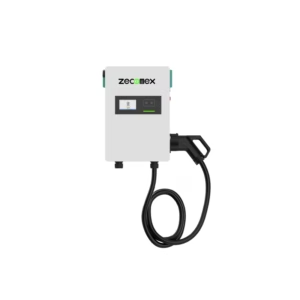
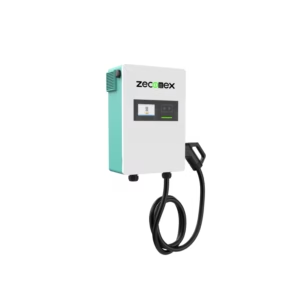
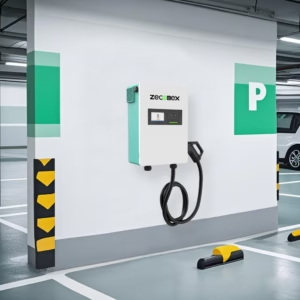
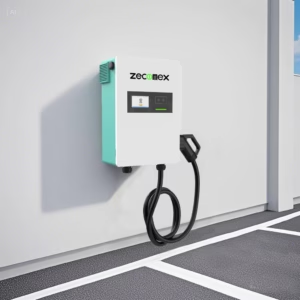
The Wholesalers Deal with Price Fluctuations in the Five Core Strategies
Strategy 1: Sign long-term contracts to lock in costs and supply stability.
Operation method: sign a 1-3 years framework agreement with Zeconex and other head suppliers, agreed price adjustment mechanism (such as linked to the raw material price index).
Case: A European wholesaler locked its procurement cost at 15% below the industry average in 2023 through a long-term contract, avoiding the risk of a 30% increase in copper price in that year.
Strategy 2: Diversified procurement and supplier hierarchy management
Risk Hedging: Categorize suppliers into “core strategic partners” (e.g. Zeconex, accounting for 60%) and “flexible complementary suppliers” (accounting for 40%) to diversify geographic and cost risks.
Technology adaptation: Select chargers that support multiple protocols (e.g., CCS, CHAdeMO, GB/T) to avoid inventory backlogs due to technology standard switching.
Strategy 3: Dynamic Pricing Model and Inventory Optimization
Data-driven pricing: Utilize AI tools (e.g., Zeconex's wholesaler platform) to monitor raw material prices, competitor prices, and regional demand in real time to automatically adjust quotes.
Inventory management: Adopting the “safety stock + JIT” model to increase inventory turnover to 1.5 times the industry average.
Strategy 4: Bind end customers and build a risk-resistant ecosystem
Long-term service contract: Sign a 3-year maintenance agreement with charging station operators to smooth out hardware price fluctuations through service revenue.
Customized solutions: Provide “charger + energy management system” package solutions for corporate customers (e.g. logistics fleets) to enhance customer unit price and stickiness.
Strategy 5: Utilize financial instruments to hedge risks
Futures and options: Hedge the price fluctuation of raw materials such as copper and silicon through metal exchanges (with the support of professional financial team).
Application for government subsidies: Actively participate in the EU “Green Deal” or China “New Infrastructure” projects to reduce procurement costs.
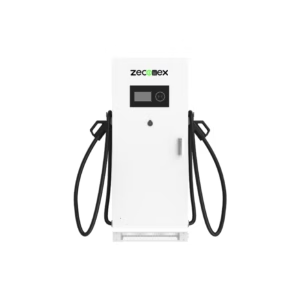
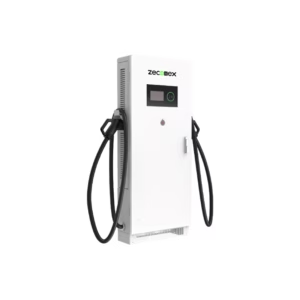
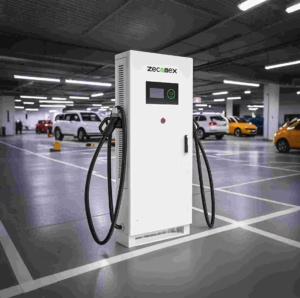
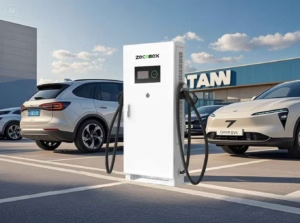
How Does Zeconex Empower Wholesalers to Meet the Challenges?
As a leading global EV charging solution provider, Zeconex offers wholesalers:
Transparent supply chain: real-time sharing of raw material costs and production progress, supporting dynamic pricing.
Technical compatibility: Covering more than 90% of mainstream vehicle models and charging standards to minimize inventory risk.
Joint marketing support: develop regional markets with wholesalers and share brand resources and policy dividends.
Conclusion
Price fluctuation is a challenge, but also an opportunity for industry reshuffle. Through long-term cooperation, data-driven and ecological layout, wholesalers can not only withstand risks, but also take advantage of the momentum to consolidate their market position. Contact the Zeconex team today to help your business achieve solid growth in the midst of turbulence!
